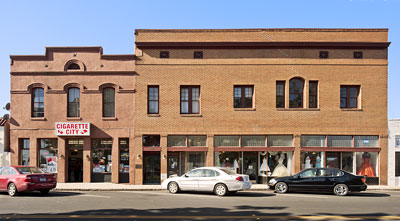Dr. Corkin met the man who would become a lifelong subject and collaborator in 1964, when she was a graduate student in Montreal at the McGill University laboratory of the neuroscientist Brenda Milner.
Henry Molaison — known in published reports as H.M., to protect his privacy — was a modest, middle-aged former motor repairman who had lost the ability to form new memories after having two slivers of his brain removed to treat severe seizures when he was 27.
In a series of experiments, Dr. Milner had shown that a part of the brain called the hippocampus was critical to the consolidation of long-term memories. Most scientists had previously thought that memory was not dependent on any one cortical area.
Mr. Molaison lived in Hartford, and Dr. Milner had to take the train down to Boston and drive from there to Connecticut to see him. It was a long trip, and transporting him to Montreal proved to be so complicated, largely because of his condition, that Dr. Milner did it just once.
Yet rigorous study of H.M., she knew, would require proximity and a devoted facility — with hospital beds — to accommodate extended experiments. The psychology department at the Massachusetts Institute of Technology offered both, and with her mentor’s help, Dr. Corkin landed a position there.
Thus began a decades-long collaboration between Dr. Corkin and Mr. Molaison that would extend the work of Dr. Milner, focus intense interest on the hippocampus, and make H.M. the most famous patient in the history of modern brain science…
In hundreds of studies, up to and even after Mr. Molaison’s death in 2008 at 82, Dr. Corkin provided an extraordinarily detailed picture of his medial temporal region, which contains the hippocampus, and how the surgical lesions affected his memory.
Among many other contributions, her work helped settle a debate about the function of the hippocampus in retrieving and reliving past experiences. Some scientists had argued that once a strong memory was stored, the hippocampus was not critical to retrieving it. Dr. Corkin’s work with H.M. showed that such a memory — getting lost in the woods at camp, say, or hitchhiking across the country — was still partly retrievable without the hippocampus.
She found, however, that the narrative richness of the memory was gone. Loose impressions remained, but the “story” was lost.
Gist memories, she called them.
“She was able to take this single case and do such meticulous work on the anatomy and its effects on memory that it helped settle these questions,” said Morris Moscovitch, a professor of psychology at the University of Toronto. “That is one hallmark of her work. The other is how much she cared for H.M. She wasn’t merely using him — she became his caretaker, she took care of him like family.”
.





